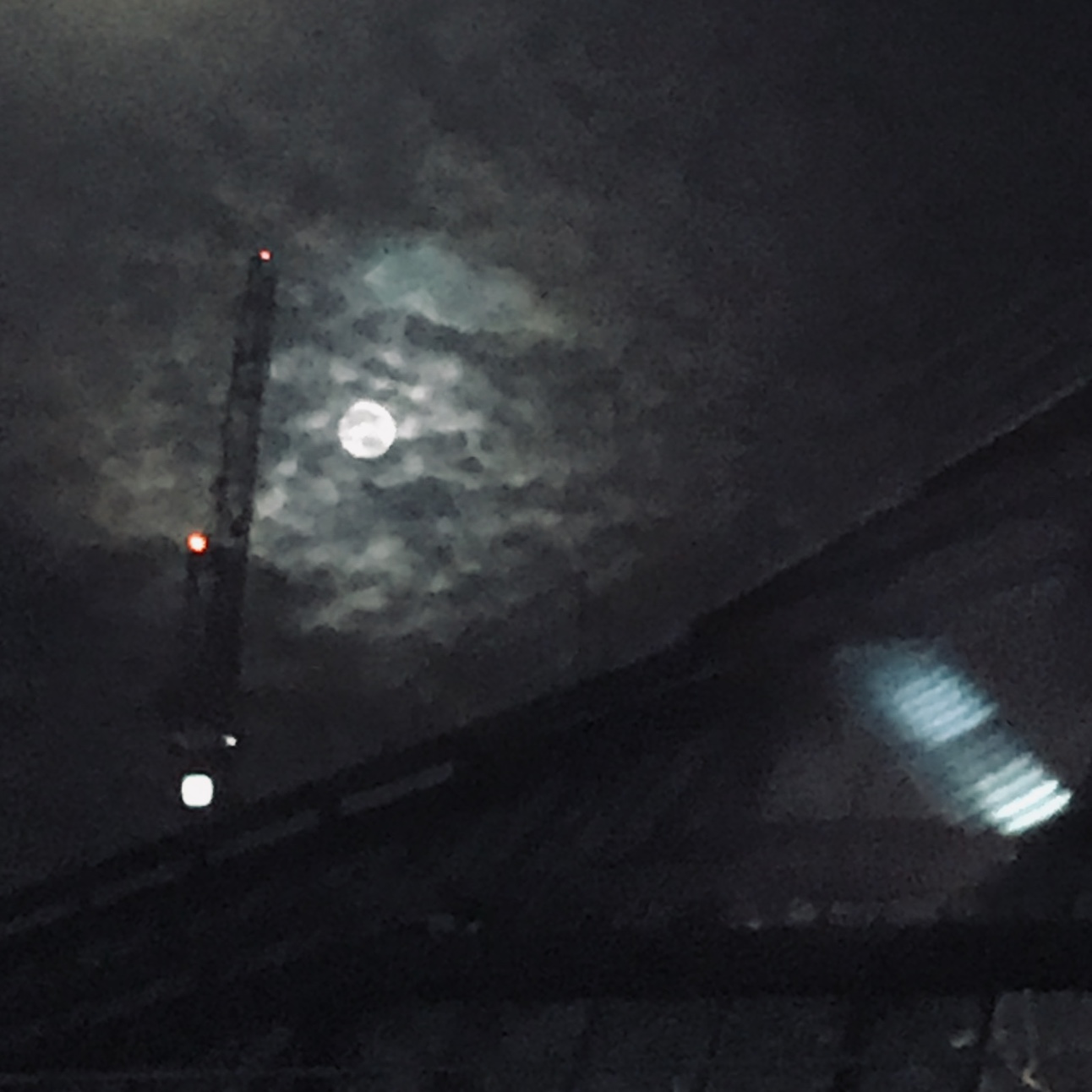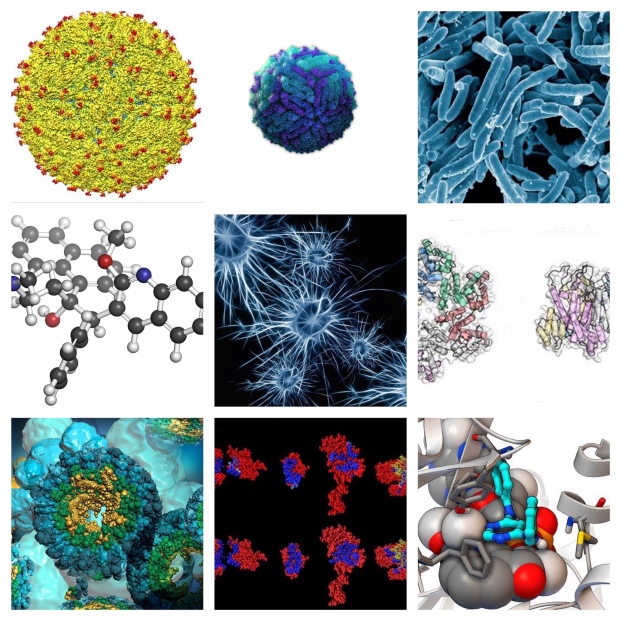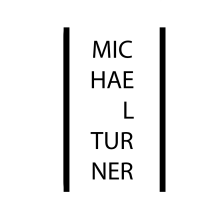Catch-up
I go back to Week 3 (from Week 7) in catch-up on some gaps in my coursework as I’d spent my time helping someone back to their feet so they could get around. Something to do with sports which are meant to be good for us.
Week 3 Resources
Week 3 Independent Reflection
I’m currently in the first phase of my project, and in doing abstract work, I still need to resolve essential issues.
Colour versus black and white I’m conflicted over although this is working itself out.
Visual narratives as they apply to my engagement with the viewer needs further attention too. It was suggested I create a bridge or provide some way into the work.
I tend to finish my Portfolio work with a Title and Captions. I’ve investigated visual language related to science and have been researching commercial visual language around DNA analysis.
An interest in other students works led me to analyse and discover more concerning my work.
(A) I read the SAGE Handbook of visual research and realise I may need to do more with the Integrated Framework. It is not directly applicable to me, I thought. I have now started to build my research on Visual Social Research.
(B) I need to forward think my strategy for engaging a museum and work collaboratively, possibly with funding. The idea is one thing; putting a structure around this is something else.
Week 3 Webinar Opening Up
This week my abstract visual work, that connects to the past through the biology of DNA is beginning an attempted transformation inspired by my ongoing contribution since 2004 to the world community grid and visuals of computational biology originally under the project called Human Proteome Folding phases I and II that completed in 2006.
If I ask why, then this ongoing contribution is now recognised by me as a subtle influence on my making of images that I did not acknowledge until this week of the module and that may help visually direct the narratives in my work that had previously been covered through text captions that ran in a rhythmic call and response alongside hand-drawn glyphs layered into my work.
With the ability of scientific microscopy to resolve down to 3 to 5 angstroms, and the power of supercomputers to model cellular structures then there is a modern world of imagery like those shown below from projects as far-ranging as cancer markers, ziko virus, and many more through to the development of treatments for autism.
Whether to appropriate or license materials to sit amongst or alongside my abstracts or whether possibly unavoidably now, to transform my photographs in these and other visual directions, is the question at the moment.
Fig 1 computational images from World Community Grid
Week 3 Activity Making Zines
If there is going to be a coincidence, there might as well be more than one.
Concept eZine
While an earlier week of the module was running, I’d independently been in communication with the Contemporary Photography world. Having seen the need for an editor for a Contemporary Photography Zine titled Concept, I offered to help, although I wouldn’t be fully available until June 2020, when this MA Photography course should complete for my intake.
Photo chain eZine (the Module group I joined)
The initial idea proposed by one of the students had good uptake, and work commenced right-away on a photo chain. We waited for our turn to respond to a photograph received from a member of the chain.
I took a received image that exhibited the idea of containment of time and moved it further into the surreal by looking within.

Version 1 of the Zine can now be found on Issuu at this link
iPhone Zine – Cranes
In response to an open request to collaborate, the following winter nighttime scene of a crane in the snow, with moon present, was sent in.

I wouldn’t be surprised if this out of camera photograph didn’t make the edit. Being a dark, blurry image, it might not fit in.
Week 3 Presentation 3 Help from the Crowds
(A) How can crowdsourcing aid my project without causing concern?
I’d spawn the template for my work for use with other families. In that sense, we are isolated or disconnected. Later generations of my own family may wish to continue to extend the work as they please. If they obtain genetic results as raw data, they’d need to protect their data. These are early days, and higher analytical power will make connections we might not expect today. Also, the raw data may inadvertently reveal information to third parties about close relatives.
Fortunately, my method does not require DNA testing, per se.
Crowdfunding could aid the ongoing development of my project beyond the current stage of the MA Photography course. I have seen an example of an Army medical museum that allowed in an artist to work with children in creating work under National Lottery funding. I gain encouragement for my next phase work — one thing at a time.
(B) What could I learn from my participants through crowdsourcing or mass participation?
There are numerous learnings I’d categorise under psychological factors. There are raw feelings I have experienced that others may potentially suffer.
Potential participants may form defensive strategies, around dignity, and other resistive arguments. The work can affect knowledge, experience and beliefs. Some will wish to forget the past, leave the dead behind and focus on the now and potential future.
Week 3 Presentation 2 Helping Others
Discussion
(A) Within my projects, how much agency do my subjects have in the creative decisions?
None insofar as genetic research is modern and did not exist for my subjects. It was only in the middle of the 20th Century that Watson and Crick discovered the double-helix structure of DNA.
As I interpret visually using glow, it is hard to know what other methods might work. Onward abstraction allows landscape/seascape or inner /outer world re-presentations. Within this, I sometimes introduce the form of tartan subtly. There is nothing culturally awry. Perhaps my perceptions of battle and the fading memories of home would meet with resistance as it can be hard for survivors to relate to traumatic conditions. The National War Memorial in Edinburgh is a great outpouring of the Scottish peoples’ loss. The memorial inscription says, for now, they are in God’s hands they shall suffer no more. I feel able to portray conditions without causing harm.
As a matter of choice, I portray healing as opposed to injury or wound. Healing has a direct connection through the warm glow I process of the physical body.
(B) Who is my primary audience and subsequently, my secondary audience?
Family is the immediate audience, as the work already causes us to unite or join together and reflect in thought and conversation as it affects our identity.
Once concluded, I can go public.
A growing interest in heritage through DNA has seen several commercial start-ups such as LivingDNA and AncestryDNA. There are numerous others. An upswell in interest is apparent, and individuals pay to have DNA analysed.
As part of my research, I’ve now obtained a view of the related and growing area of visual culture and representation. My method operates at around four generations and around a hundred years and is suitable for very much longer. This concerns recognising the connection with mitochondrial DNA.
The application of Y chromosome or YDNA provides a parallel for self as male. I’d considered this from the perspective of sisters of a male person having a one-sixteenth connection with fourth-generation male ancestors. I’m barred by nature from this connection.
Mitochondrial DNA fits my work as an energy giver in the context of action associated with War.
I’ve validated my method and built my knowledge base so gradually prepare for future application.
I’ve considered this at greater length than I’d anticipated when I started writing but supporting research has helped confirm my approach.
I’ve also just had the opportunity to discuss my photography and genetics with a medical practitioner who was somewhat interested in this work. By now, I can gauge people’s facial expression for engagement with the message as it affects their interests. The medic showed genuine interest. I didn’t get the specialist referral I was openly fishing for so will follow-up at a later point. I respect and value their time.
(C) In sharing my work, how can I retain the agency of the participants for a secondary audience without speaking on their behalf?
I think this comes down to working from factual data and trust in the propriety of relationships.
The historical research has to be of academic standing and use factual information that we have checked. The place never transformed and remains true to the rural nature of peoples lives in this case.
In terms of glow in my pictures, DNA is the information carrier. Mutations occur but rarely so in mDNA. Full visible characteristics are simplified or removed from my visuals. Hair and wrinkles, including effects of ageing, do not confound. In that sense, I do not allow the physical form to enter the work. Recent technical improvement has taken place by focus stacking. Stacking removes out of focus depth indications enabling standardised 2D framing of images. I’m saying this farther simplifies identification to that intended and prevent distortion of persons likeness or difference.
Week 3 Presentation 1 Learning with Others
Discussion
(A) Thinking about your research, which is of more interest to you: the subject or your view of the matter?
The ancestral subjects were never known to me during childhood the data and narratives of their lives only becoming known through the last decades of research.
My view derives from a place and others, as in early life I was immersed in Scottish culture. Having seen gaps in knowledge get closed through modern research and travel, I interpret the conditions of the lives of my subjects. I can relate based on collective experience.
(B) How could you be influencing your subject and is that something to be avoided?
Rather than glorify the dead, I proudly acknowledge their deeds for I have my freedom. Would they want to be recognised, maybe/maybe not? What is important today is the effect they have in uniting a family as a diaspora.
I do not misrepresent the facts/data. To the best of one’s ability, it has become my place to represent my ancestors before all living memory is lost. I can still touch the past for now. Once established, others can determine any ongoing engagement with the history or adapt the principles I create to situations other than the Great War.
There will always be a gap over their personalities. I have a rounded view. If as a child, I had met them, my presentation would be different.
Week 3 Forum Collaboration or Participation
A contact sheet of images below provides a visual sample from the World Community Grid, a computational biology project I have participated in since its inception in 2004.

I participate in a group where we donate spare computing power to a grid I get to see where we stand in a league table of returned results.
I recently gained some individual bronze awards and shifted my league standing from around 400,000 up to about 200,000. I can choose which projects to participate in (originally in Human proteome folding) and now for Cancer markers, Aids and Ziko virus.
The reason I mention this here is because of the subliminal impact my participation has had on the Biology within my practice. Interest had become ingrained in over at least a decade.
https://www.worldcommunitygrid.org/discover.action
Week 3 Introduction Working with Others
My efforts are allied with collaboration in my current photographic practice. I collaborate with a History researcher to illustrate a text and now move on to make standalone work in the abstract for the same subject.
My work evolved to use Biology to connect close family members and myself to narratives of specific others related in the past. I now photograph healing. I shoot family member healing as so they act as willing (mostly unwilling) participants.
If I consider the idea of voice, more precisely, that of subjects and collaborators, it does get interesting. From over 100 years in the past, these subjects are not alive to participate. I have researched data about their lives. I interacted with their close relatives within Scottish culture and society. The place is important too as I lived here as a child and on revisiting as part of my project, very little has changed in the landscape.
I become a proxy for my subjects’ voices. One participant has a loud guiding voice in the research but also adapts to the demands of tracing specific relatives. My children have a link through Biology and understand their contribution, and they ask if particular images are of themselves. The source becomes anonymous through abstraction, which is the working principle I adopt.
As work in progress develops, it will surely gain sophistication and get to a point where I can present the work back to them. I can then invite my family to relate to the experience and perhaps with a substantial body of work, ask them to present the perspectives they each have gained.
I care enough to sense how family and my more full family might engage or have the work presented. Already family have been encouraging and become emotionally involved in the practice as it evolves. Close family are sometimes very engaged while at other times they want distance from the work. The context has to be right.
